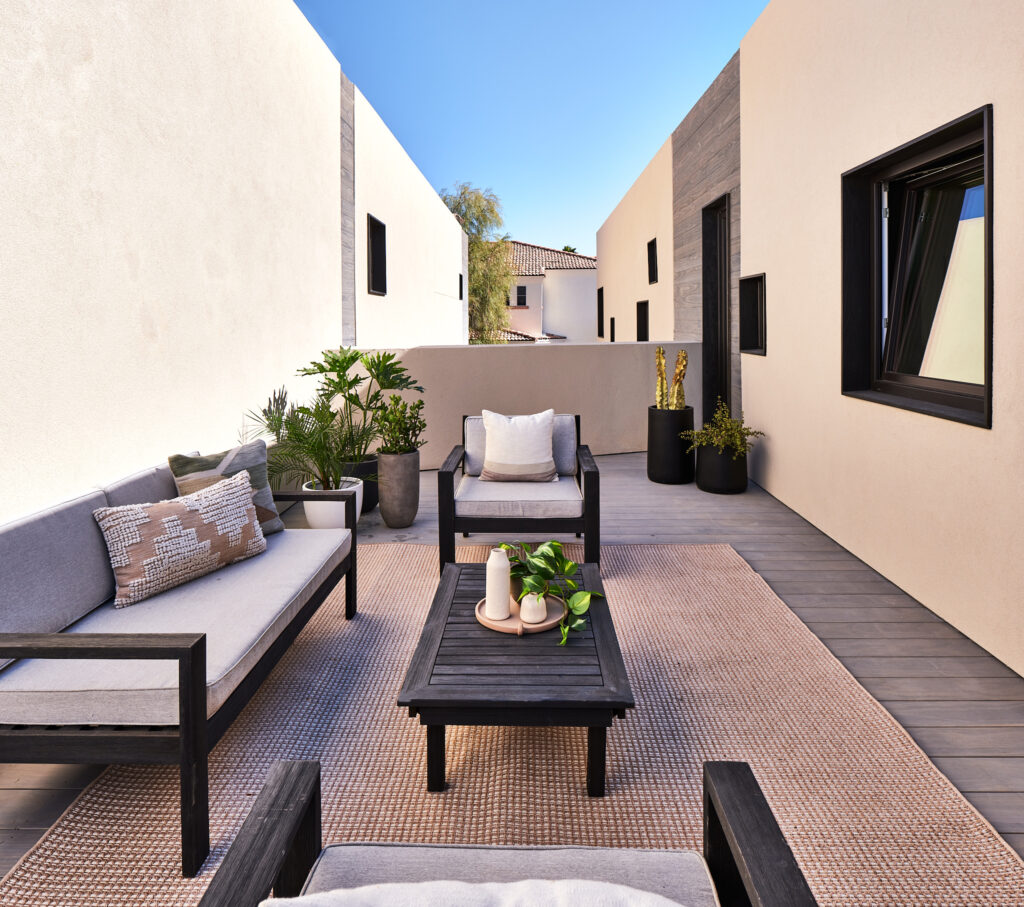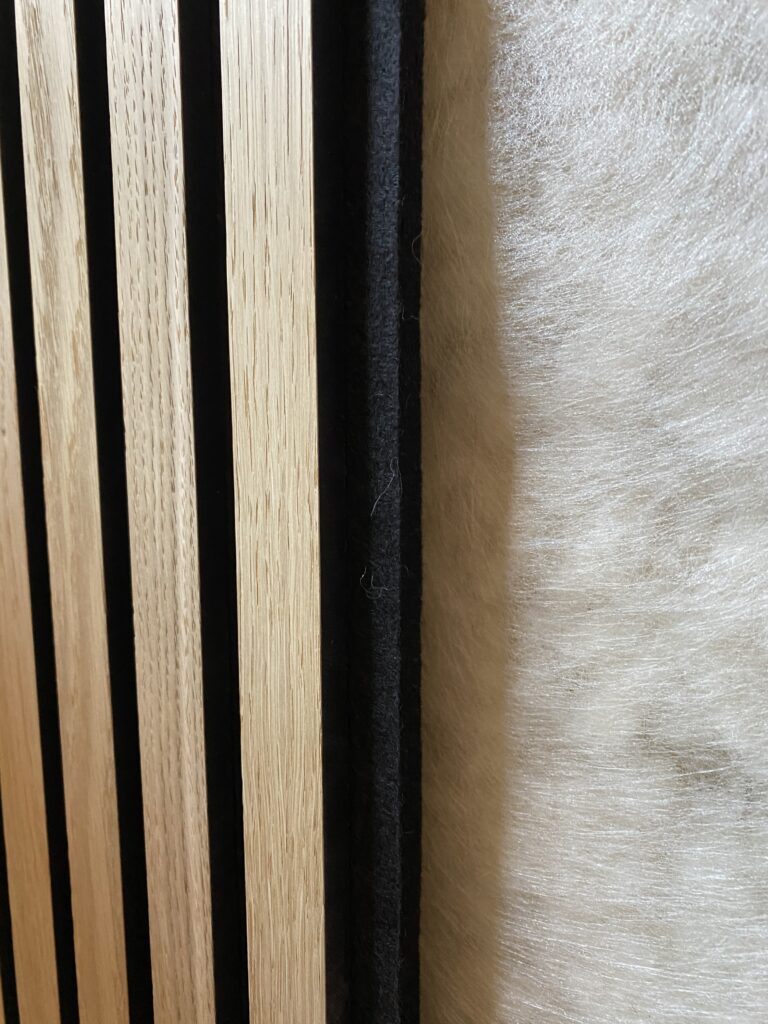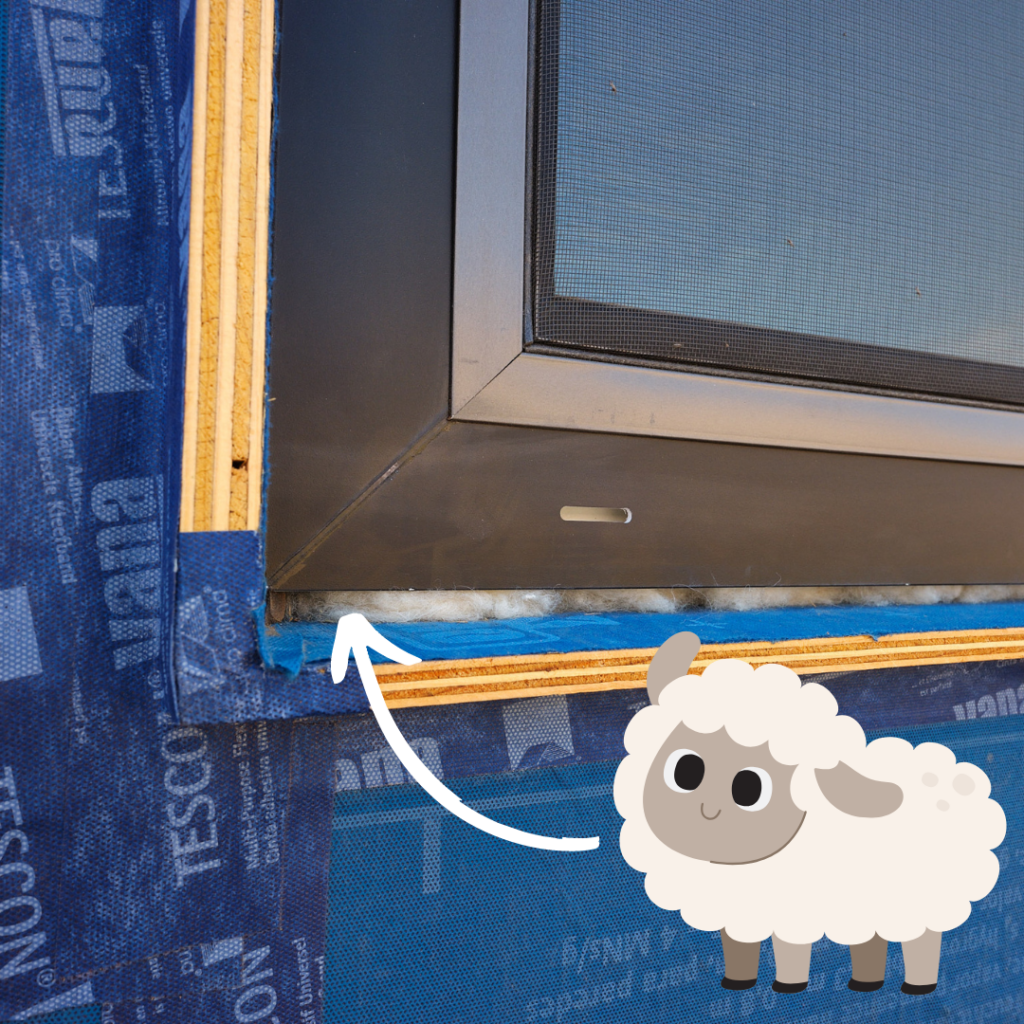If sustainable building science is your guide, how would you build? One clear example is the Vali Homes Mews project in Phoenix Arizona.
A Bit of Background
We’ve known Lucas Johnson and the team at Vali Homes for a long time. In the early days of Havelock Wool, it was hard to find interest in using an “alternative” insulation but Lucas was open-minded enough to see that wool is an ideal combination of health and high performance. We worked together on a number of interesting projects which helped us gain traction in the high-performance building industry. Fast forward to today and Lucas is the Chief Building Nerd at Vali Homes, a building science consulting and development company that builds some of the most environmentally friendly and energy-efficient homes available. And yes, Havelock Wool features in their wall assemblies.

Putting Science to Work
One particular Vali Homes project that we’re proud to be a part of is the Mews project, a collection of 4 single-family residences in North Central Phoenix. These homes are built to provide the healthiest-possible living spaces at a fraction of the environmental impact of traditionally built homes. Plus they look really good.
These homes are optimized for the desert climate with a focus on providing healthy indoor air quality. Vali Homes generally follow “passive house” techniques with an emphasis on three main elements:
- Air Control – extremely airtight enclosure with 24/7 whole-house fresh air filtration
- Good Insulation – using healthy natural materials including sheep’s wool and wood fiber insulation
- Enjoyable Operation – Loxone home-automation system constantly monitors all aspects of the interior experience, including CO2 levels and humidity, and optimizes indoor quality and temperature for maximum comfort.

What’s in the Walls
The wall assembly is obviously crucial. It is a double stud wall with an exterior 2×6 stuffed full of Havelock Wool Blown-In insulation, which is left open to the interior to help modulate humidity and absorb toxins. An Intello Plus membrane is used in the insulated ceiling. On the exterior side of the wall is ¾” plywood sheathing covered in Pro Clima Solitex Adhero airtight WRB. Over that is placed the continuous Gutex Multitherm exterior insulation then 2×4 ventilation battens. The final cladding is three coats of stucco. All of these elements result in a net carbon-storing and red list-free wall assembly. Pretty impressive.
Air Conditioning and Filtration
These homes have systems designed to optimize for Indoor Air Quality (IAQ) : a TRANE-Mitsubishi 3 ton inverter-driven heat pump with 5 zones and then a whole-house energy recovery ventilator (ERV) that cycles fresh air into the home, removes toxins and chemicals and keeps humidity at appropriate levels. Installed are Aprilaire 4” filters to achieve MERV 13. We’d also note the lack of natural gas in the home due to IAQ and carbon concerns.

What the Data Tells Us – Operational and Embodied Carbon
Vali Mews is built to Passive House standards with a final blower door test result of 0.3 ACH50. (A reminder that a blower door test determines how much air is entering or escaping from your home. ACH is Air Changes per Hour, the lower the better). Currently, 0.6ACH50 is the target that the Passive House Institute (PHI) requires for new building Passive House certification. Translation: At 0.3ACH50, this house is extremely airtight. And crucially, this performance reduces operational carbon impact (heating, cooling) by roughly 90% compared to a code-built home with conventional materials.
Thanks to a lot of new data around building materials, we can now measure the embodied carbon of a project. Meaning, how much carbon is used in the materials to construct the home. Embodied is separate from Operational Carbon, but both should be looked at in detail to understand the lifecycle carbon impact of a building. As we continue to improve operational carbon footprints (Mews being a prime example) the emphasis shifts to address Embodied Carbon. Using carbon sequestering materials like Havelock Wool helps Mews come in at an extremely low MCE (Material Carbon Emissions) of 12,846 kgCO2e upfront. This is roughly 80% less embodied carbon than the average new home and it means Mews will payback the upfront carbon within two years of operation.
There is obviously a lot more that goes into these homes so we encourage you to check out the details . But at a high level, you can see that even the avant-garde of building science still relies on common sense and fact-based decisions. If your priority is to build, renovate or retrofit in a sustainable and healthy way, learning from people like Vali Homes is easy to do.


Leave a Reply